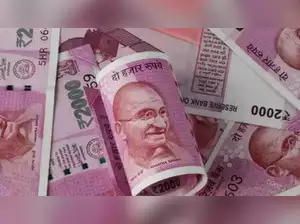India bargains with international central banks about cross-border CBDC payments.

The CBDC seeks to increase the country’s capacity for international trade with countries without U.S. dollar reserves. The Reserve Bank of India (RBI) is presently in talks with counterparts from at least 18 other nations on the potential for international payment transactions with its central bank digital currency (CBDC), the “digital rupee.”
The Economic Times published an article on June 27 regarding the ambitious foreign trade objectives the RBI has for India’s CBDC. It refers to a number of statements made in public by Shaktikanta Das, governor of the RBI.
Das stressed the value of international commerce infrastructure in a speech given in London in June. At the time, the digital rupee was expected to have 1 million domestic users by the beginning of July.

However, payments abroad will also become faster, smoother, and very affordable. There needs to be a lot of focus in that area as well. We frequently exchange ideas with various other central banks that have implemented or are implementing CBDCs.
Since July 2022, rupee vostro accounts have reportedly been opened by banks in 18 different nations. In a different public appearance, Das discussed India’s readiness to provide the CBDC as a means of payment for buying Indian goods for nations who are short on US dollars:
In India, there is never a scarcity of dollars, while in some other countries, imports are prohibited owing to a lack of dollars. Both the wholesale and retail digital rupee pilot projects were introduced by the RBI in November 2022 and February 2023, respectively. It announced an agreement in March to examine a CBDC bridge for commerce and remittances with the Central Bank of the United Arab Emirates. The CBDC seeks to increase the country’s capacity for international trade with countries without U.S. dollar reserves.











